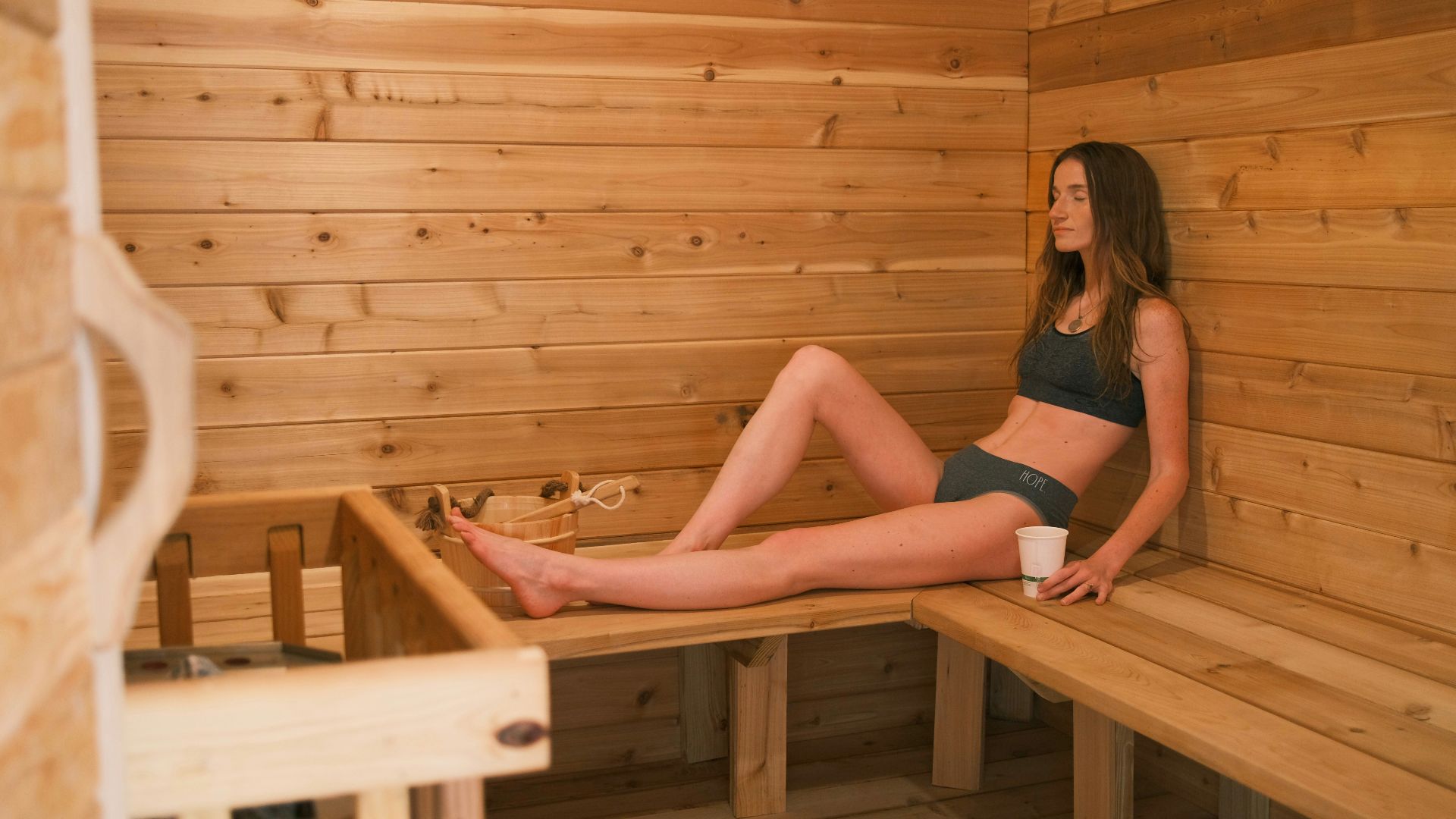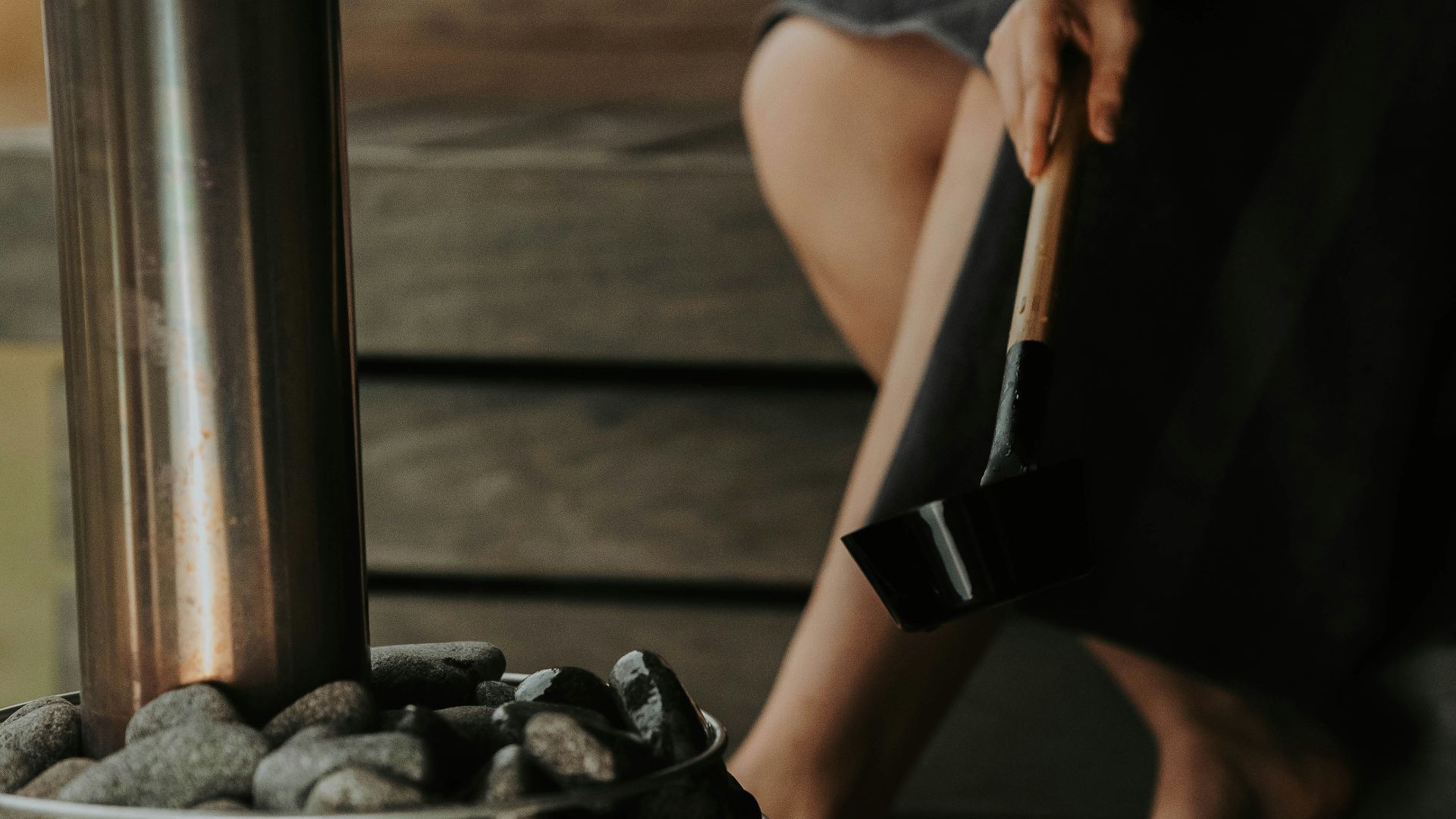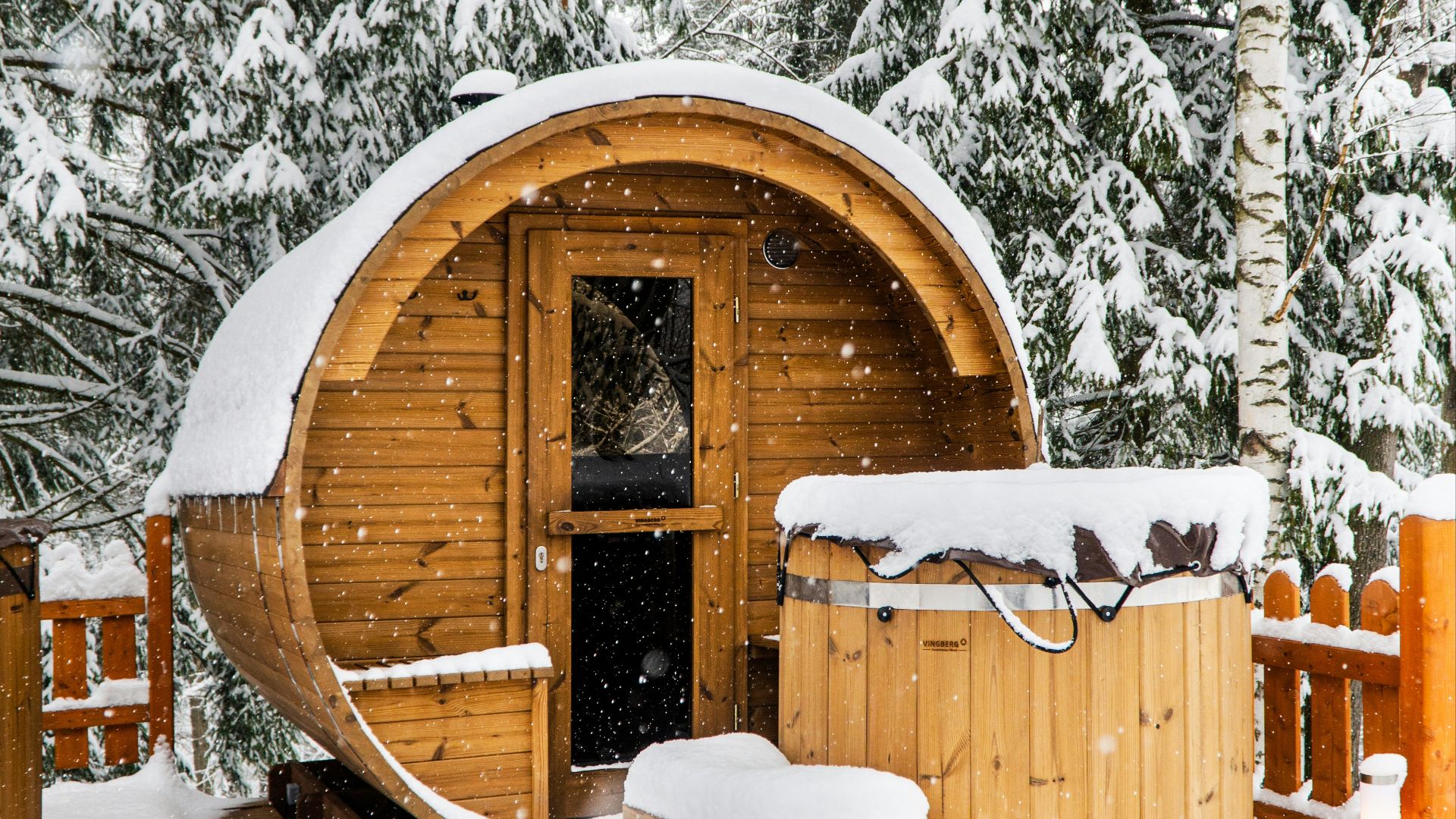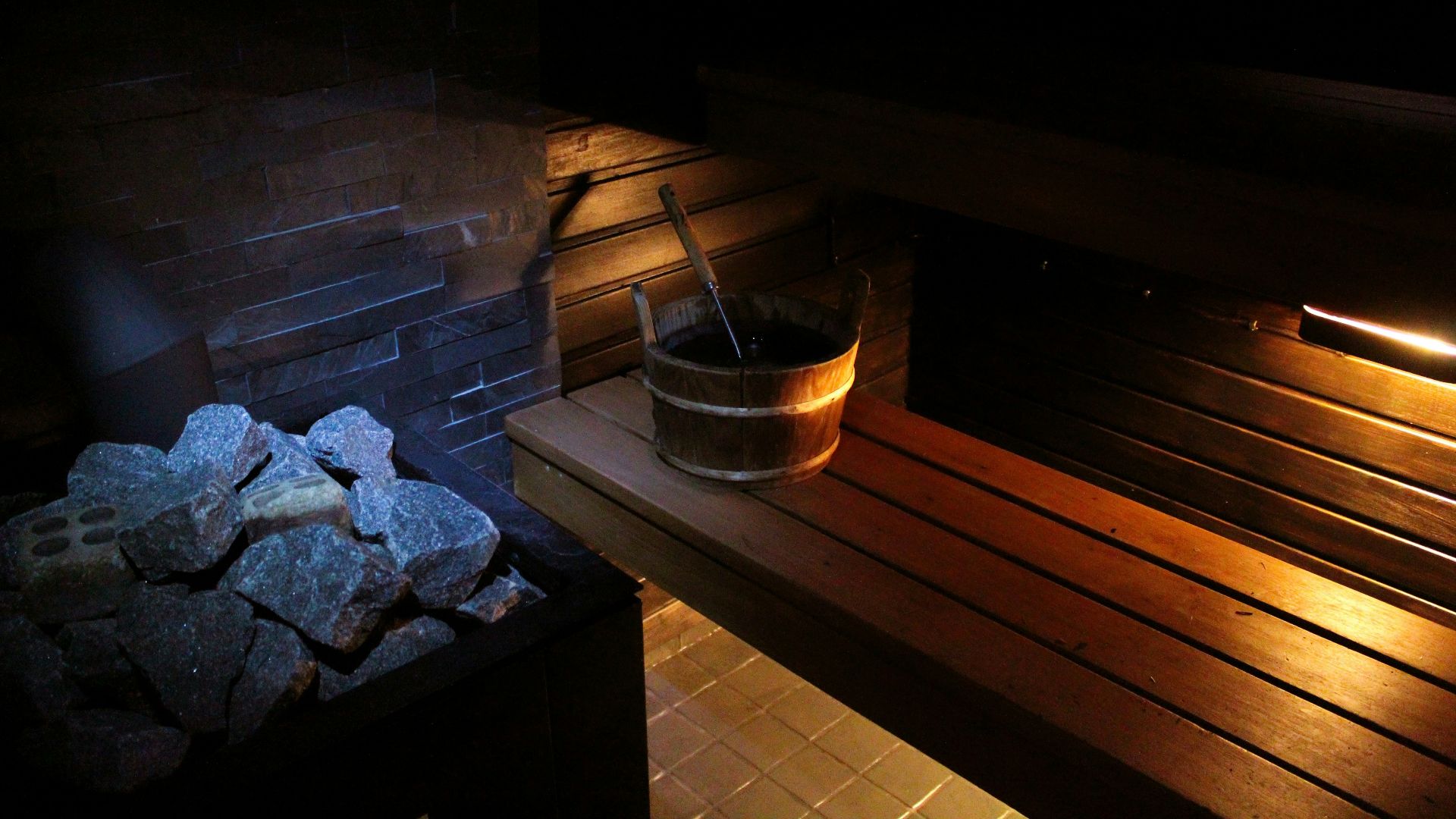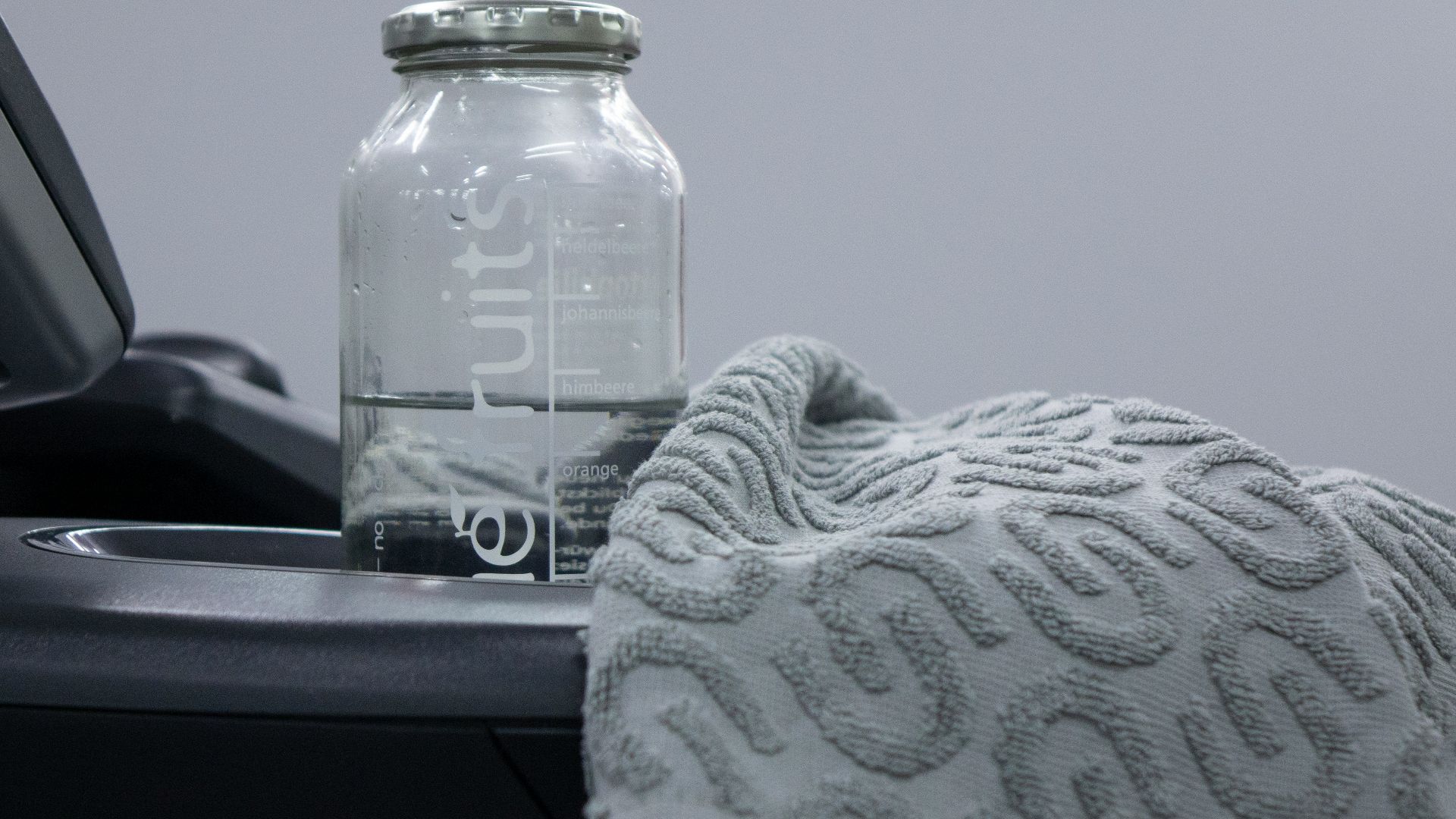Let’s Get Sweaty
Whether you’re using it to bathe, as a form of relaxation, or to tend to your sore muscles, saunas are the go-to spot for some good old-fashioned healing. Not surprisingly, they’ve been the go-to spot for bathing, purifying, and warmth for thousands of years. That said, if you’ve never tried a sauna and are interested in its potential long-term benefits, we have everything you could need to know right here.
1. What Is A Sauna?
A sauna is a room or standalone building that contains quite a bit of steam and high heat, which folks use to make themselves get all sweaty. It usually has a couple of levels of seating, so you can change the intensity of how much heat you’re feeling based on how high or low you sit.
2. History
Saunas have been around since the Neolithic period, dating to approximately 4000 BCE. Some of the oldest saunas discovered were in the rocky Orkney islands of Scotland, Greenland, and Newfoundland, as well as in parts of Scandinavia.
3. East Vs West
A different style of sauna, known as the hanjeungmak, is a traditional Korean domed structure that’s been around since at least the 15th century, often used for treating illnesses. In the west, Finnish saunas, or savusaunas, were created by digging large pits into a slope and allowing smoke and steam to accumulate for several hours before it was used.
4. Sweat Lodge
An alternative name for a sauna is a sweat lodge, which was often used in Indigenous communities. While European and Asian saunas were often used for treatments or as a way to get out of colder weather, sweat lodges were fundamentally sacred and spiritual, used predominantly for purification and connecting with the spirit world.
5. Etymology
As expected, the word sauna comes from an ancient Finnish word, which described both a traditional Finnish bath as well as the bathhouse itself. In other Finnic dialects, sauna can also mean small cabin or cottage, and does not correlate with the act of bathing.
6. Lucky Finland
While saunas are viewed almost as a luxury in North America, it’s common to find a sauna built into just about every home in Finland, including student housing. If you’re an apartment dweller, the building will usually have a communal sauna space, or you can visit one of the country’s many public saunas.
7. Wet Vs. Dry Saunas
One of the major differences between wet and dry saunas is the temperature-to-humidity ratio. Wet saunas use steam to create a high-humidity environment while maintaining a lower temperature. Dry saunas are usually much hotter, but have lower humidity.
8. Different Health Benefits: Wet Vs. Dry
We’ll get into the larger health benefits of saunas in just a few moments, but we’ll give you the sparknotes version here. Dry saunas are often used for muscle relaxation and detoxification, thanks to their high heat. Wet saunas are more commonly used for respiratory issues and skin hydration due to their high humidity.
9. Don’t Pass Out!
Depending on the heat and what your body is telling you, the recommended time for sauna use is between 5 and 30 minutes. For beginners, you’ll probably want to max out at 10 minutes. It’s also never, ever recommended that you stay in a sauna for over half an hour, due to the potential risk of dehydration.
10. Who Shouldn’t Use Saunas
There are a couple of folks who should avoid this high-heat activity. Pregnant women, those with low blood pressure, fever, kidney disease, or chronic respiratory issues are advised against sauna use. This also goes for anyone who’s recently suffered a heart attack, or anyone under the influence of alcohol or drugs.
 CRYSTALWEED cannabis on Unsplash
CRYSTALWEED cannabis on Unsplash
1. Improved Heart Health
When used frequently, saunas have a huge effect on the body’s cells, arteries, and nervous system. In fact, a 2015 study of Finnish men found that those who used saunas had a 63% decreased risk of sudden cardiac arrest than those who didn’t.
2. Pain Relief
The high heat causes an increase in circulation, which can help someone who suffers from sore muscles or arthritis. It can also help improve joint movement, making it a great option for athletic types.
3. Reduces Stress
The heat of a sauna kinda forces you to relax, especially because you can’t bring a cell phone into such a high-temperature space. The calming nature and overall good smell of the wood-lined room have been shown to improve overall stress and anxiety levels.
4. Lowers Blood Pressure
As your core temperature rises, your body tries to cool you down (aka sweating). A constant cycle of sustained heating and cooling can help to increase blood vessel elasticity, a crucial ability for our bodies to maintain consistent blood flow and pressure.
5. Lower Risk Of Dementia
Research has shown that using a sauna 4 to 7 times a week can halve your risk of Dementia and Alzheimer's disease. However, this area of study is less studied than the heart benefits, so take this one with a grain of salt.
6. Skin Problems
Due to its cleansing nature, you’ll find that you get a beautiful glow after stepping out of a sauna, especially a wet sauna. For those with psoriasis, a dry sauna is recommended, as it could lessen the effects of the condition. However, it's best to check with a dermatologist before using a sauna if you do have a skin condition, as there is potential for flare-ups.
 Barbara Krysztofiak on Unsplash
Barbara Krysztofiak on Unsplash
7. Asthma
A wet sauna is recommended for those with respiratory issues. The high-humidity environment can help to open airways, loosen phlegm, and reduce sinus pressure, making it good for asthmatics or those struggling with bronchitis or allergies.
8. Improves lung Function
As previously mentioned, a wet sauna can help with all kinds of respiratory problems. As the humidity hydrates your respiratory tract, you’ll find it's easier to remove mucus from your body via some good old-fashioned coughing. This means consistent sauna usage is great for any current or future ailments.
9. Removes Toxins
Saunas are often used as part of a wider detox program, removing toxins, heavy metals, and drugs from your system. If you’re less worried about those first three, it can also generally help to excrete dirt, oils, and other nasties from your body.
10. Improves Immune System
While more research is needed to confirm this statement, the existing health benefits of saunas likely also keep your immune system prepped and ready to fight the common cold or other viral infections.
 National Institute of Allergy and Infectious Diseases on Unsplash
National Institute of Allergy and Infectious Diseases on Unsplash
KEEP ON READING



